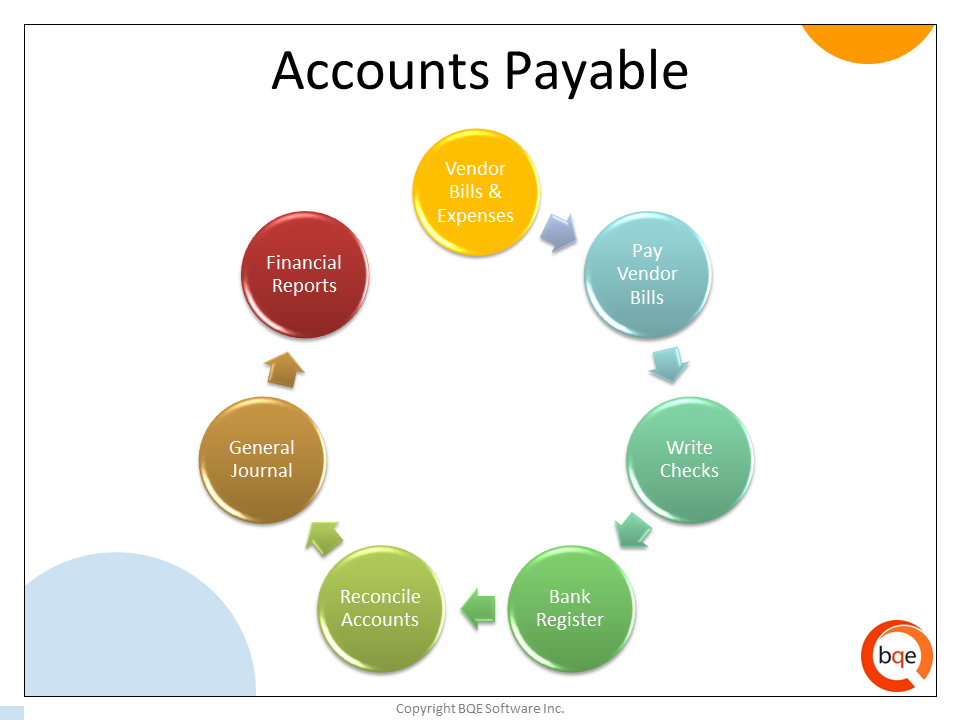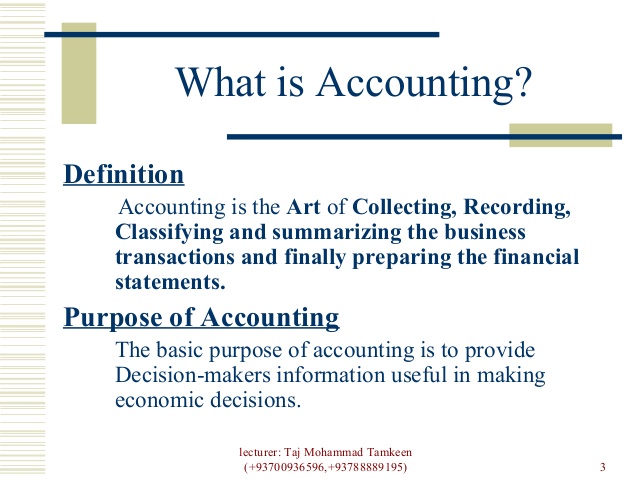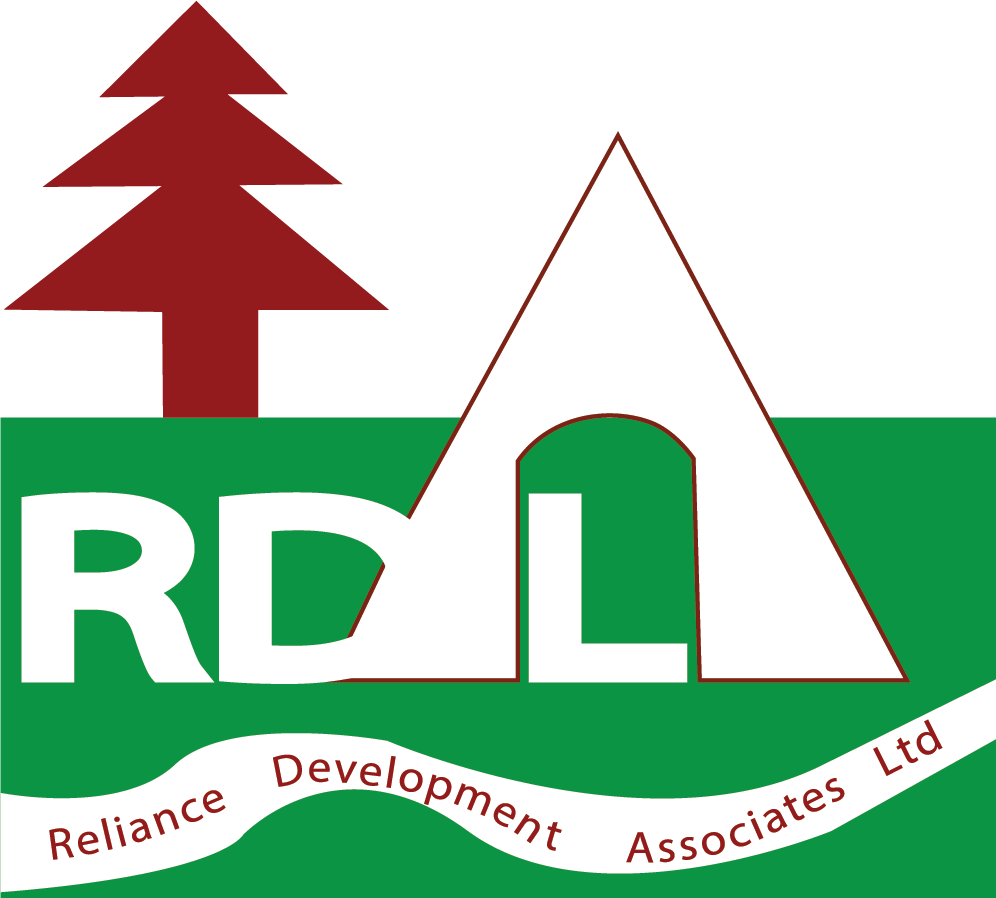All such information is provided solely for convenience purposes only and all users thereof should be guided accordingly. This can result in abnormal losses as well and unexpected expenses being incurred. While it may become more complex to have different rates for each department, it is still considered more accurate and helpful because the level of efficiency and precision increases. Harold Averkamp (CPA, MBA) has worked as a university accounting instructor, accountant, and consultant for more than 25 years. Dinosaur Vinyl uses the expenses from the prior two years to estimate the overhead for the upcoming year to be $250,000, as shown in Figure 8.38.
For the last three years, your team found that the total overhead rate has been between 1.7 and 1.8 times higher than the direct materials rate. As such, you and your peers have agreed to set the predetermined overhead rate at 175% of the direct materials rate. Now management can estimate how much overhead will be required for upcoming work or even competitive bids.
Weak Link to Historical Costs
Manufacturing overhead costs include all manufacturing costs except for direct materials and direct labor. Estimating overhead costs is difficult because many costs fluctuate significantly from when the overhead allocation rate is established to when its actual application occurs during the production process. You can envision the potential problems in creating an overhead allocation rate within these circumstances. You can calculate this rate by dividing the estimated manufacturing overhead costs for the period by the estimated number of units within the allocation base.
Departmental Overhead Rate: What it is, How it Works – Investopedia
Departmental Overhead Rate: What it is, How it Works.
Posted: Sun, 26 Mar 2017 08:07:40 GMT [source]
Any difference between applied overhead and the amount of overhead actually incurred is called over- or under-applied overhead. The overhead cost per unit from Figure 6.4 is combined with the direct material and direct labor costs as shown in Figure 6.3 to compute the total cost per unit as shown in Figure 6.5. At the start of 2021, Dorothy’s Hat Company estimated that the total manufacturing overhead cost for the year would be $320,000, and the total machine hours would be 50,000 hours. The company, having calculated its overhead costs as $20 per labor hour, now has a baseline cost-per-hour figure that it can use to appropriately charge its customers for labor and earn a profit. That is, the company is now aware that a 5-hour job, for instance, will have an estimated overhead cost of $100.
Reasons for Predetermined Overhead Rate
Overhead costs are incurred whether the company is producing a large or small quantity of products or services. This concept is important because these costs must be estimated in order to properly provide accurate prices to future customers. If overhead is overestimated, then prices will be too high and that can cause customers to seek their products or services from other companies (most likely their competitors). If overhead is underestimated, then the company may set their prices too low and not earn profits or experience a loss. Company B wants a predetermined rate for a new product that it will be launching soon.
A pre-determined overhead rate is the rate used to apply manufacturing overhead to work-in-process inventory. The first step is to estimate the amount of the activity base that will be required to support operations in the upcoming period. The second step is to estimate the total manufacturing cost at that level of activity. The third step is to compute the predetermined overhead rate by dividing the estimated total manufacturing overhead costs by the estimated total amount of cost driver or activity base. Common activity bases used in the calculation include direct labor costs, direct labor hours, or machine hours.
Keep reading to learn about how to find the predetermined overhead rate and what this means. Last fiscal year, the total overhead cost was $553,000 and direct materials cost was $316,000. Using the formula, you divide the total overhead cost ($553,000) by the activity base ($316,000), we get an allocation rate of 1.75 (175%). In this case, these numbers are not estimated because they are historical figures.
The company actually had $300,000 in total manufacturing overhead costs for the year, and the actual machine hours used were 53,000. One of the advantages of predetermined overhead rate is that businesses can use it to help with closing their books more quickly. This is because using this rate allows them to avoid compiling actual overhead costs as part of their closing process. Nonetheless, it is still essential for businesses to reconcile the difference between the actual overhead and the estimated overhead at the end of their fiscal year.
The elimination of difference between applied overhead and actual overhead is known as “disposition of over or under-applied overhead”. For example, if ABC Manufacturing’s actual manufacturing overhead was $100,000 but their applied manufacturing overhead was only $60,000, they underapplied $40,000. Conversely, if the actual manufacturing overhead was $100,000 but their applied manufacturing overhead was $120,000, they overapplied by $20,000.
Which of these is most important for your financial advisor to have?
The most prominent concern of this rate is that it is not realistic being that it is based on estimates. Since the numerator and denominator of the POHR formula are comprised of estimates, there is a possibility that the result will not be close to the actual overhead rate. The fact is production has not taken place and is completely based on previous accounting records or forecasts. In other words, using the POHR formula gives a clearer picture of the profitability of a business and allows businesses to make more informed decisions when pricing their products or services. In this article, we will discuss the formula for predetermined overhead rate and how to calculate it. Using multiple predetermined overhead rates is more complicated and takes more time, but it is generally thought to be more accurate than using a single predetermined overhead rate for the entire plant.
- The management can estimate its overhead costs to be $7,500 and include them in the total bid price.
- Further, the use of sophisticated techniques like the ABC costing system helps enhance the overall accuracy of the costing, quotation, and pricing.
- The concept is much easier to understand with an example of predetermined overhead rate.
- Departmental overhead rates are needed because different processes are involved in production that take place in different departments.
- Some of those costs are directly related to a specific process, such as direct labor, direct materials, and billable (to the customer) costs, while others are not.
The allocation base includes direct labor costs, direct labor dollars, or the number of machine-hours. The allocation measure is the measurement the cost to make a product or service. If an actual rate is computed monthly or quarterly, seasonal factors in overhead costs or in the activity base can produce fluctuations in the overhead rate. For example, the costs of heating and cooling a factory in Illinois will be highest in the winter and summer months and lowest in the spring and fall. If the overhead rate is recomputed at the end of each month or each quarter based on actual costs and activity, the overhead rate would go up in the winter and summer and down in the spring and fall.
How to Calculate Direct Labor Hours & Allocation Base
Determine the manufacturing overhead costs that Dorothy should have applied to her hats. Since the predetermined overhead rate is $0.02 per second, the overhead cost applied to each CD would be $0.20. This charge is constant and would not be affected by the level of activity during a period. First, you need to figure out which overhead costs are involved, and then create a total of this amount. If you have a large company, you may need to determine an allocation base for each department.

It involves estimating the total cost of producing goods and services, then dividing it by either direct labor hours or machine hours used in production. Knowing your Predetermined overhead rate helps you plan and control future expenditures effectively, improving efficiency and profitability for your business. With this information in mind, it pays to take some time to calculate your own predetermined overhead rate so that you can manage expenses with confidence. Management analyzes the costs and selects the activity as the estimated activity base because it drives the overhead costs of the unit. To calculate the predetermined overhead, the company would determine what the allocation base is.
The comparison of applied and actual overhead gives us the amount of over or under-applied overhead during the period which is eliminated through recording appropriate journal entries at the end of the period. There are concerns that the rate may not be accurate, as it is based on estimates rather than actual data. In addition, changes in prices and industry trends can make historical data an unreliable predictor of future overhead costs. Finally, using a predetermined overhead rate can result in inaccurate decision-making if the rate is significantly different from the actual overhead cost. It’s calculated by obtaining budgeted cost and level of activity, and it’s preferred over actual overheads because estimates can include seasonal variations and other estimates. When companies manufacture products, sell merchandise, or provide services, they experience a variety of costs in the process.
Overhead in the Movie Industry
CFO needs you as the cost accounting to calculate the overhead rate for this coming year. Base on the expectation from the budgeting department, the total overhead expenses would be $6,00,000. So, base on this formula, you need to know expected annual manufacturing overhead expenses. The production hasn’t taken place and is completely based on forecasts or previous accounting records, and the actual overheads incurred could turn out to be way different than the estimate.
Its production department comes up with the details of how much the overheads will be and what other costs will be incurred. Hence, there is a need to place more reliance on the estimated and not actual. So, there is a need to place more reliance on the management’s estimates, resulting in appropriate costing and reporting.

As per the budget, the company will require 150,000 direct labor hours during the forthcoming year. Based on the given information, calculate the predetermined overhead rate of TYC Ltd. Until now, you have learned to apply overhead to production based on a predetermined overhead rate typically using an activity base. An activity base is considered to be a primary driver of overhead costs, and traditionally, direct labor hours or machine hours were used for it. For example, a production facility that is fairly labor intensive would likely determine that the more labor hours worked, the higher the overhead will be. As a result, management would likely view labor hours as the activity base when applying overhead costs.
As you’ve learned, understanding the cost needed to manufacture a product is critical to making many management decisions (Figure 6.2). Knowing the total and component costs of the product is necessary for price setting and for measuring the efficiency and effectiveness of the organization. Remember that product costs consist of direct materials, direct labor, and manufacturing overhead.
Ask a Financial Professional Any Question
Examples can include labor hours incurred, labor costs paid, amounts of materials used in production, units produced, or any other activity that has a cause-and-effect relationship with incurred costs. Common examples of activity drivers are machine hours, direct materials, or direct labor hours. Official pronouncements do not prohibit basing predetermined overhead rates on capacity for external reports. And some may insist that the under-applied overhead be allocated among cost of goods sold and ending inventories–which would defeat the purpose of basing the predetermined overhead rate on capacity. Companies typically base their predetermined overhead rates on the estimated, or budgeted, amount of allocation base for the upcoming period.
7 Best Exercises for Burning Fat at Home – BOXROX
7 Best Exercises for Burning Fat at Home.
Posted: Tue, 01 Aug 2023 07:00:00 GMT [source]
If there are no significant changes, the Predetermined Overhead Rate will be kept for use in the following year. The rate is calculated based on the assumption, and mostly there is small material that we could not avoid. Two companies, ABC company, and XYZ company are competing to get a massive order that will make them much recognized in the market.
